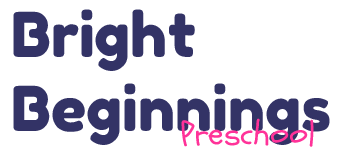Gummy Bears
Gummy Bears
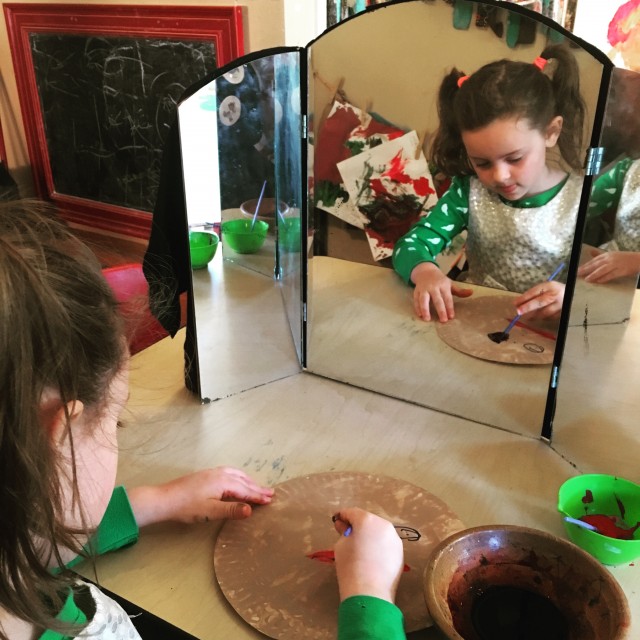
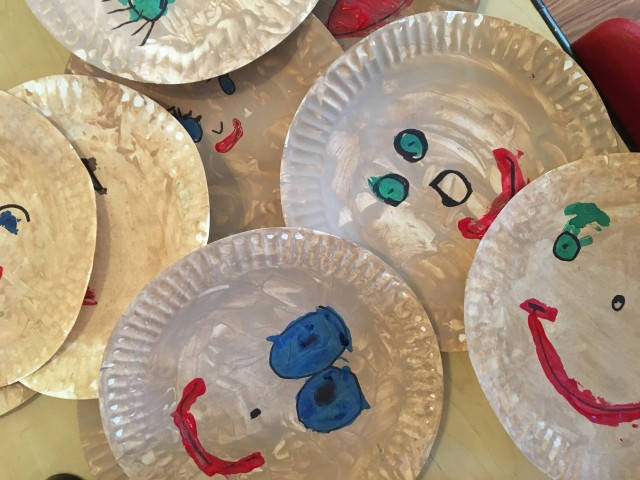
These are not finished yet. Can you pick out your child ?

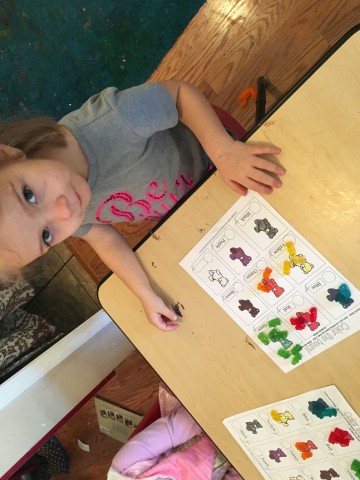
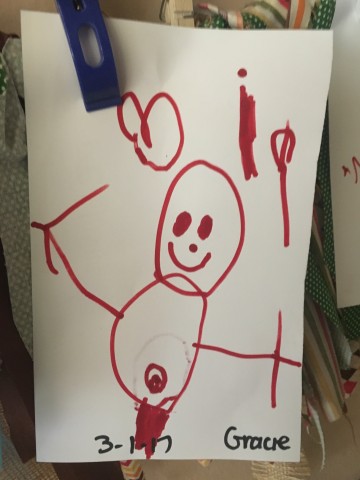

It was a good day. If you didn’t get a chance to read an article I shared I am copying and pasting it here. SO good. Please take a few minutes to read.
A Word About Circle Time
Does Circle Time play a role in a play-based, child-led program?
Absolutely.
The difference between Circle Time in a play-based, child-led program and a teacher-led program can be observed in this photo. It’s that simple. It is owned by children.
Circle time in my play school meets the following criteria:
1) It is led by the children.
2) The length is dictated by the children.
3) What happens in circle time is determined by the children.
4) WHEN circle time happens is owned by the children. It never, ever happens at the same time every single day. Our schedule is “Play” after all.
5) Who participates in circle time is decided by each individual child.
6) Where they sit is determined by the children.
I have realized that all the components of a traditional circle time happen organically in my child-led play school.
1) BOOKS: When, during their play, a child asks me to read a book, I sit down and read a book. If I read ONE book… I guarantee I’m going to read a minimum of five. This experience is owned by the children, and therefore is meaningful.
2) SINGING: Singing happens organically, throughout our time together. Sometimes it begins with a child’s request for my guitar. Other times it comes from a child beginning to sing a song. Other times it happens when a child asks me to get out the ipod and play their favorite song.
3) THEMES: There is no need to “introduce the theme” in a play-based, child-led program because the children own the themes. They dictate the ins and outs of themes. Some themes are present for just moments, while others stick around for weeks, even months. I just recently wrote a blog post about this… you can find it at www.playcountsdenitadinger.blogspot.com. It is my job to BE PRESENT and acknowledge and scaffold the many themes that develop through child-led play.
4) CALENDAR: First of all, the traditional calendar is NOT developmentally appropriate for children ages 3-5. However, I have found a technique that gives ownership to the children, and presents the concepts of the calendar that ARE age-appropriate (number order and recognition and measurement) in a meaningful way that children are able to understand (read more about this on my blog (link above) (it’s an OLD post, but it’s still true…written in 2011, titled “The Deconstructed Calendar”)
5) WEATHER: Um….never a day goes by where we don’t talk, organically, about the weather. There is no need to dress a bear.
From Play Counts
